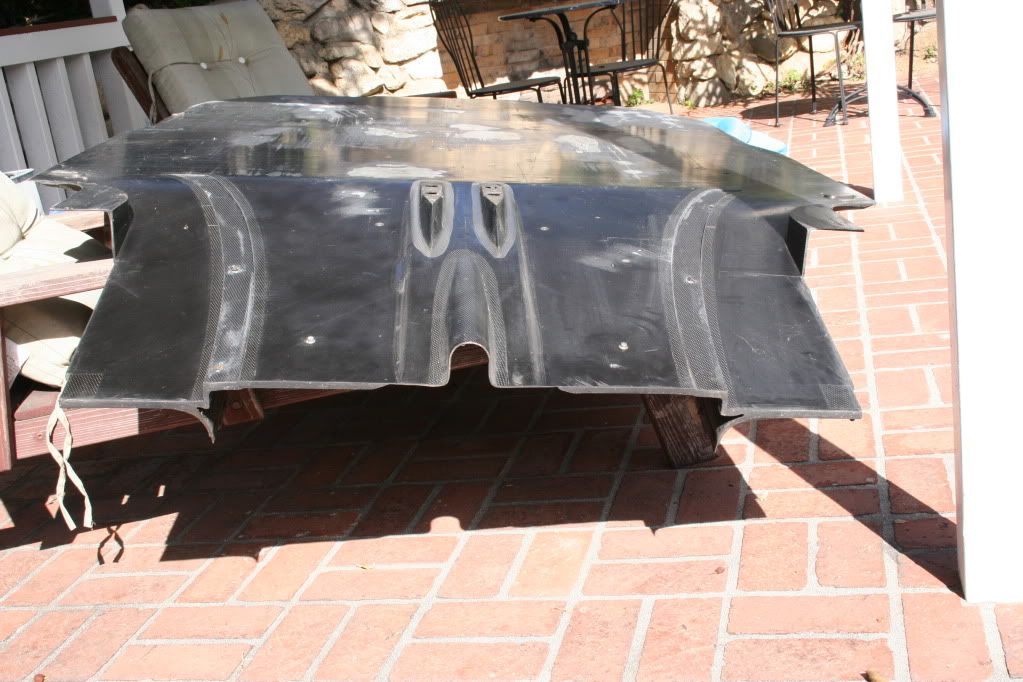The old diffusers run in the 80s and 90s and such had a lot more angle at the end of it. Now is that a obsolete design today or is it something else, like rules. since todays F1 cars run a much more smooth looking diffuser.
Red bull diffuser. Note how the exaust system vents the upperside.

the 90s Jaguar silk cut diffuser is smooth mostly i think because of gearboxes and such.

And a F1 1/10 scale diffuser

I anyone has a good picture of the f1 85-90s diffusers please post them.
The greater the angle the lower the pressure at low speeds? then again it might stall at high speeds isnt it so?



















